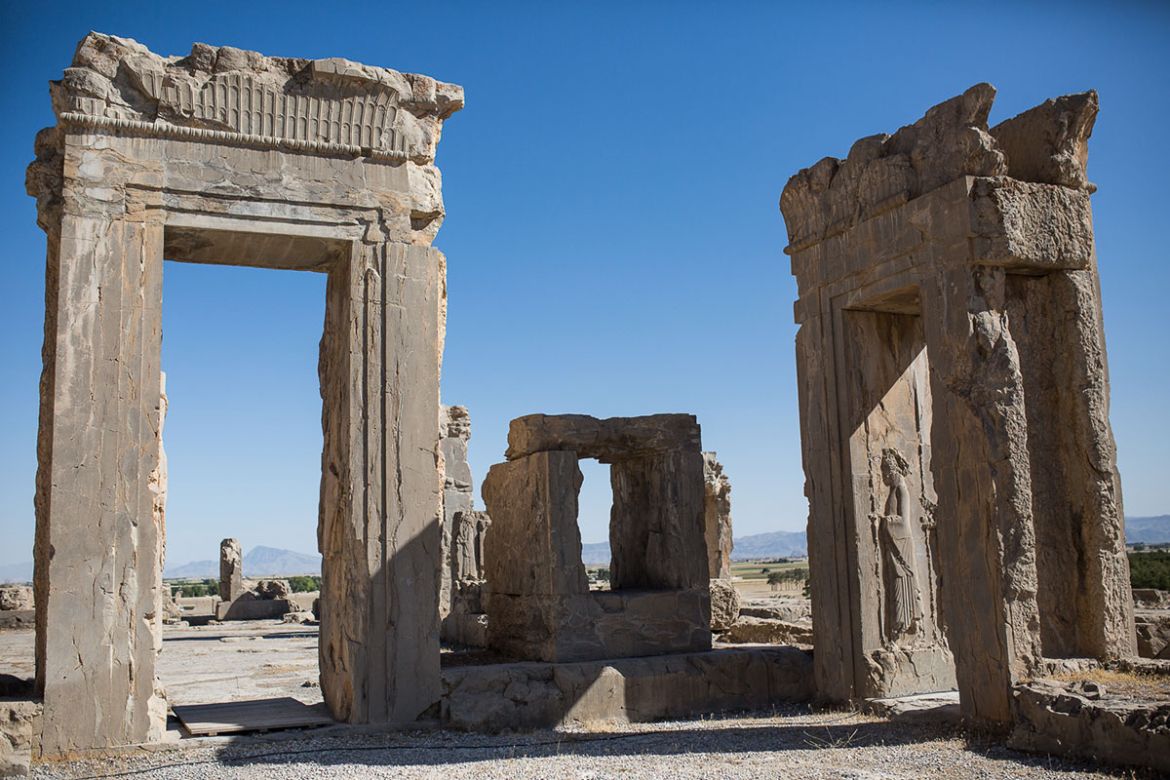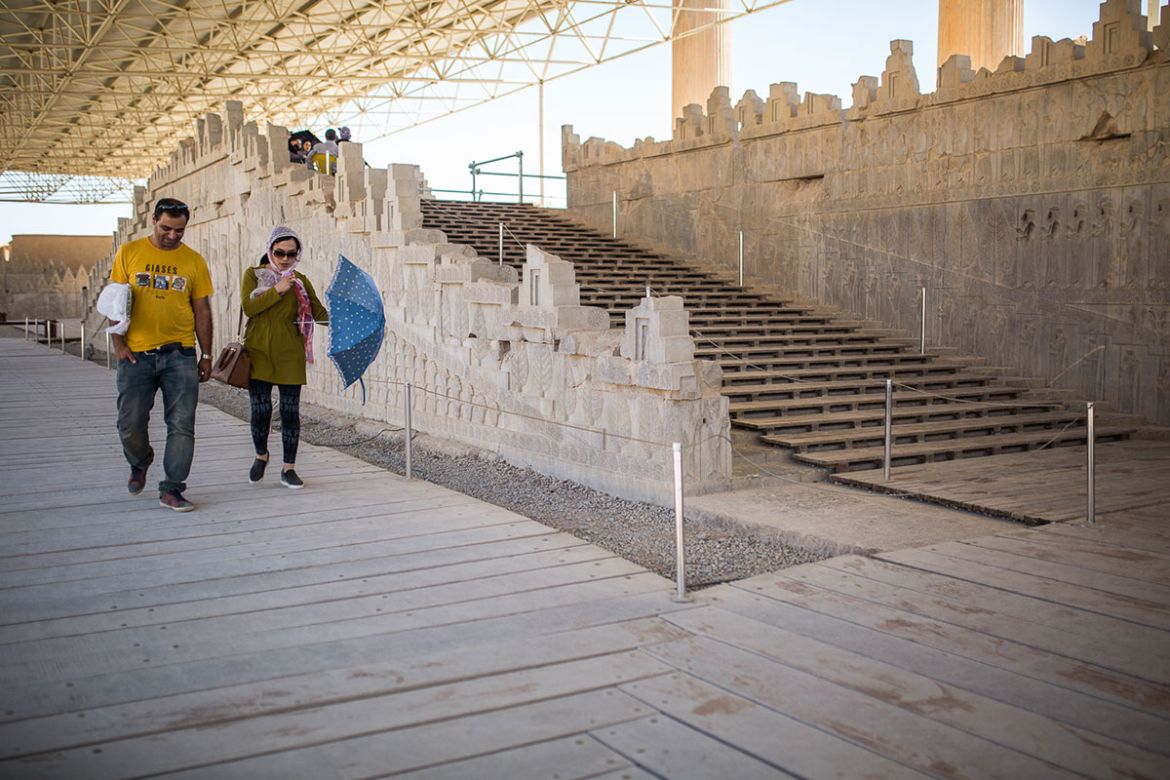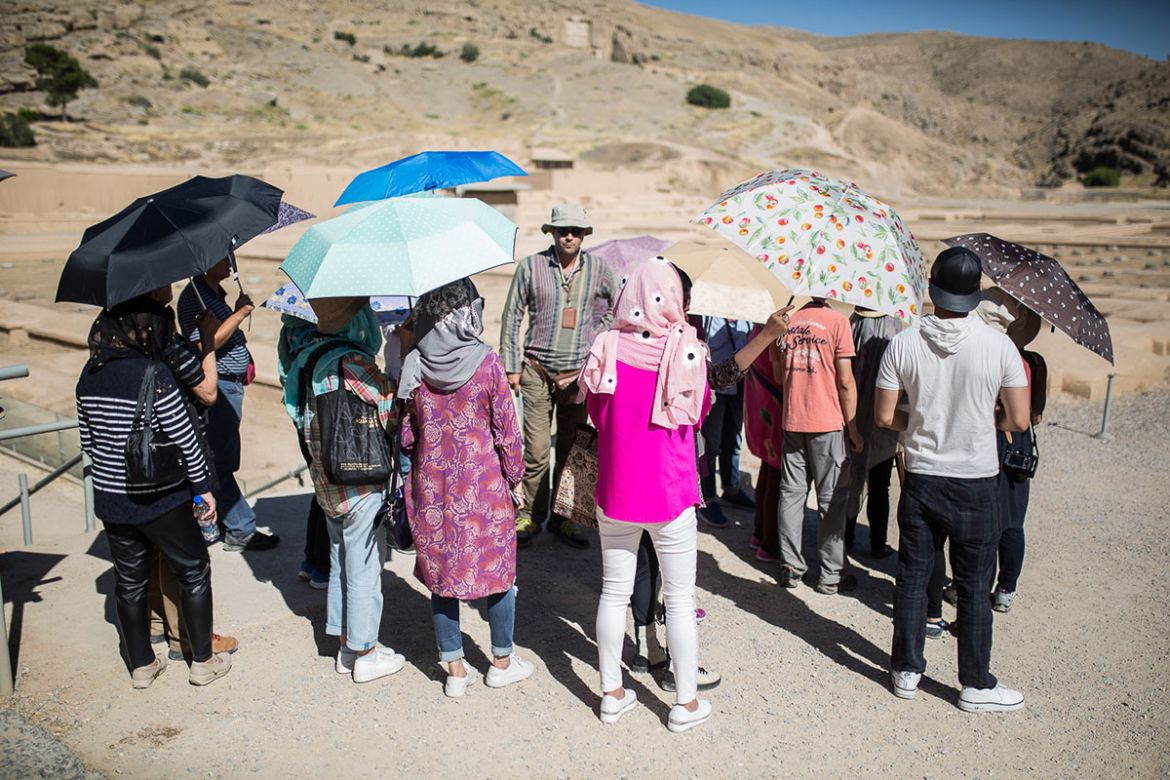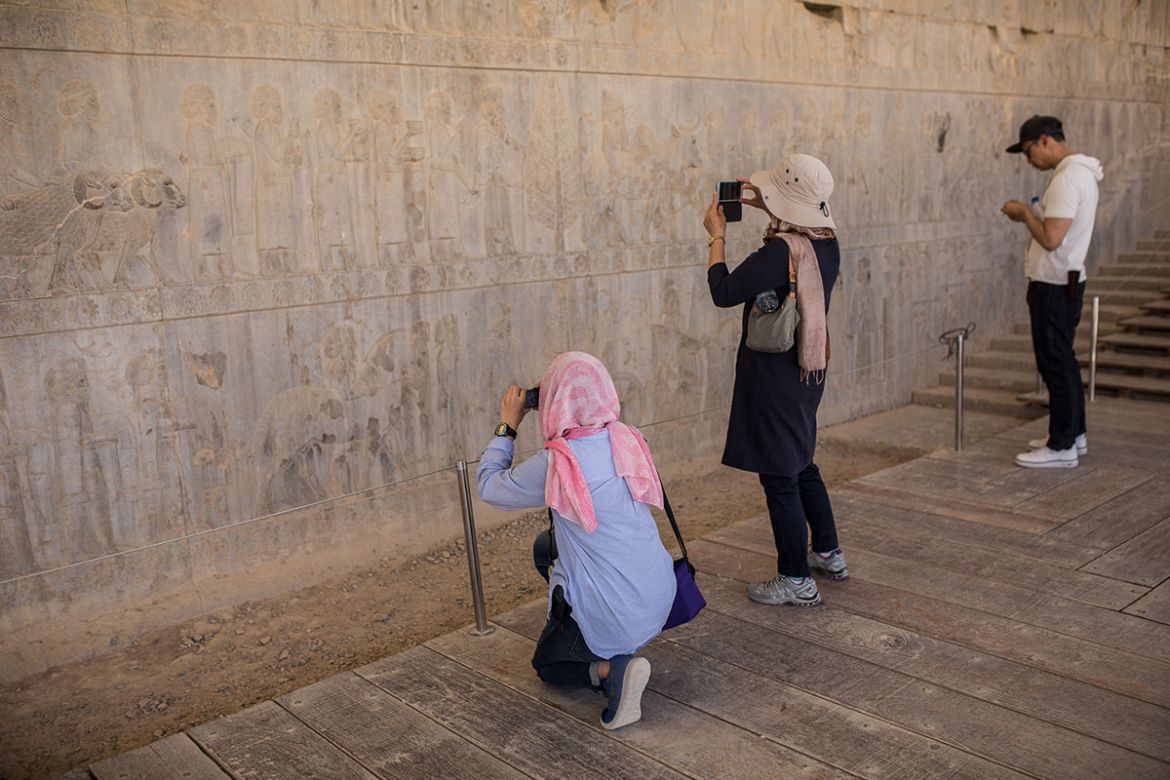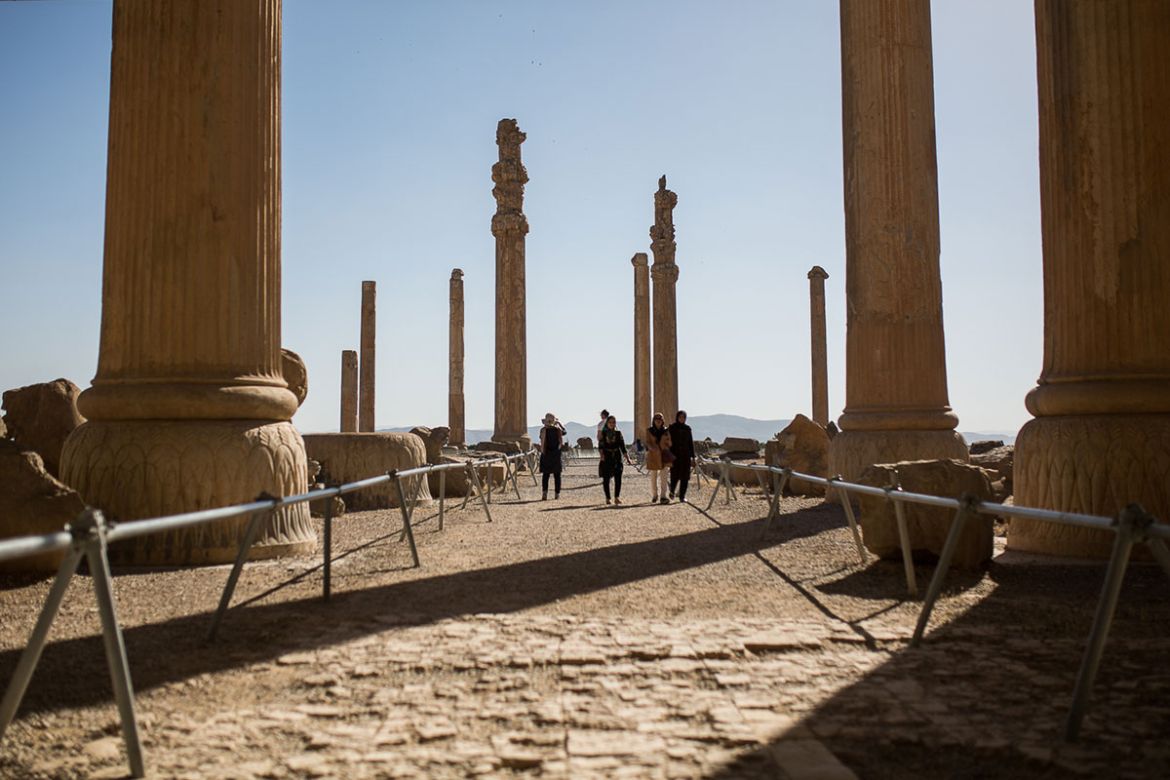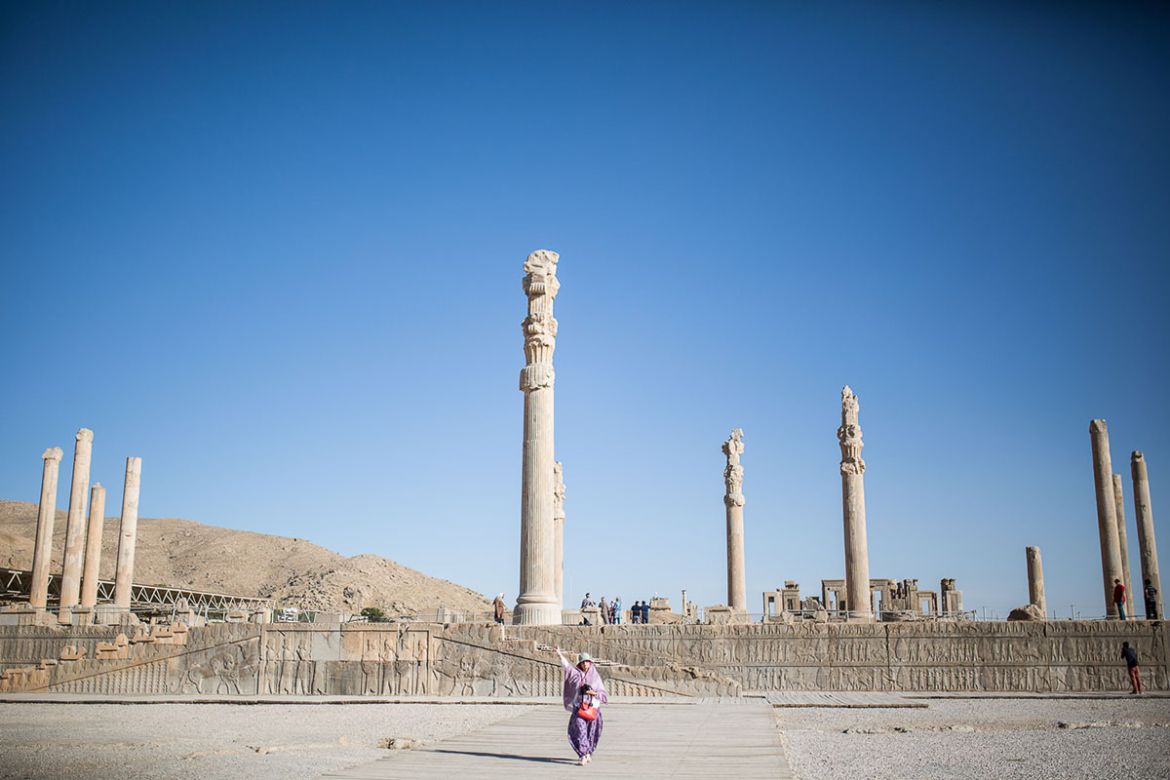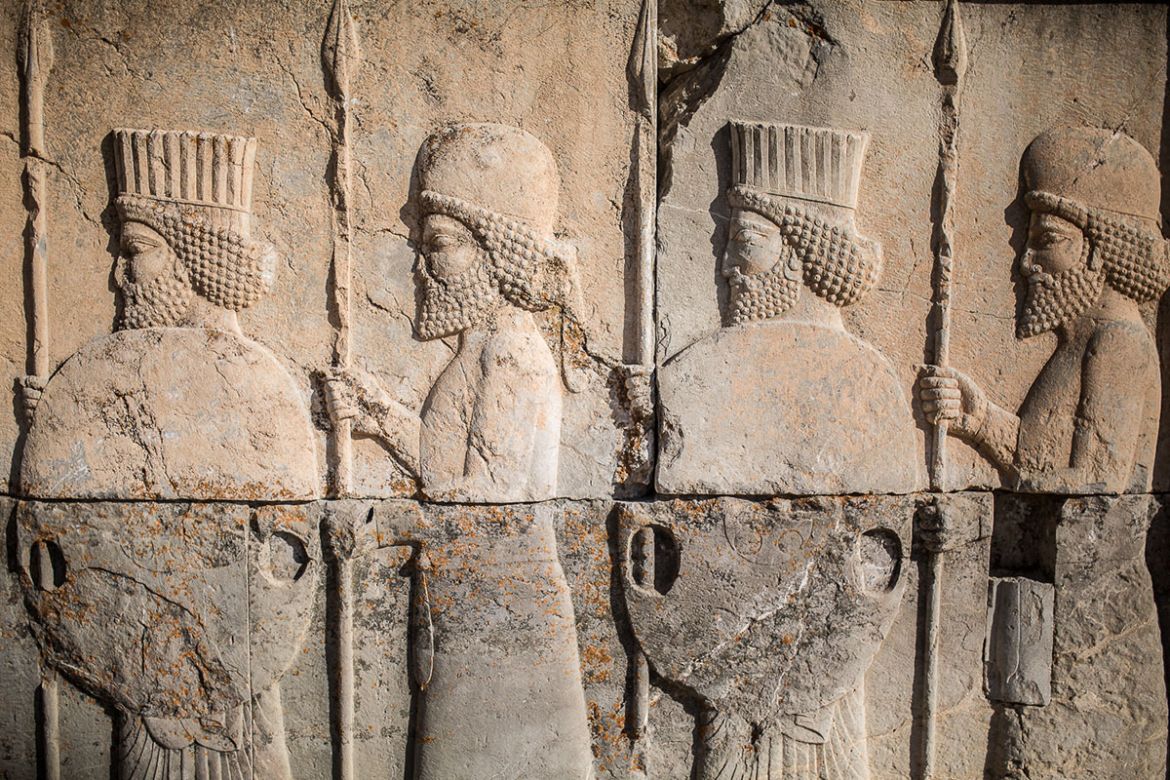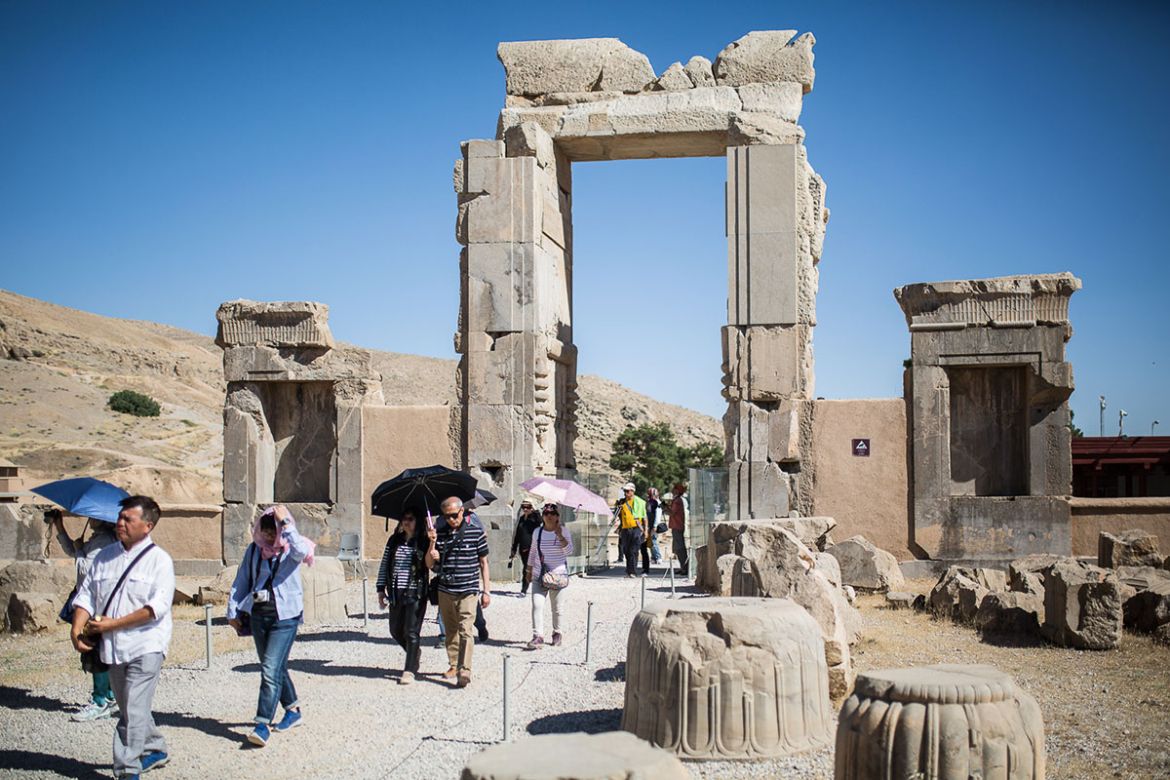In Pictures
Persepolis: Iran tourism gateway faces climate threats
Shrinking land, drought and algae growth put stress on UNESCO site as tourist arrivals grow after lifting of sanctions.

It has been more than a year since international sanctions against Iran were lifted, symbolically reopening the country to the rest of the world.
While political tensions between the West and Tehran continue, one of the industries that has benefited most from the thawing of relations is tourism, with the country reporting 18 percent growth in international arrivals last year. Visitors from North America, Europe and the Middle East represented more than a quarter of the total number of arrivals from January to December 2016, according to a ForwardKeys study published in January.
Among the top destinations in Iran is Persepolis, the 2,500-year-old heritage site, once considered to be the capital of the Persian empire. Located north of the city of Shiraz, Persepolis, also known as Takht-e-Jamshid (Throne of Jamshid), has been in ruins since Alexander the Great raided it in 333 BC.
What is left of the ancient city has become an attraction for local and foreign visitors alike, particularly after it was declared a UNESCO World Heritage site in 1979. At the Gate of Xerxes, two massive winged bulls with human heads, also known as Lamassu, stand at the eastern doorway.
In recent years, however, agricultural activities have caused the soil around Persepolis to collapse owing to the depletion of groundwater and drought. Growth of algae and bacteria in the ruins have also threatened the many archaeological objects at the site, which was carved on the side of the Rahmet Mountain.
But with the reopening of the country, experts from Japan and Italy are lending their hands to preserve the site for the many visitors expected in the years to come.
